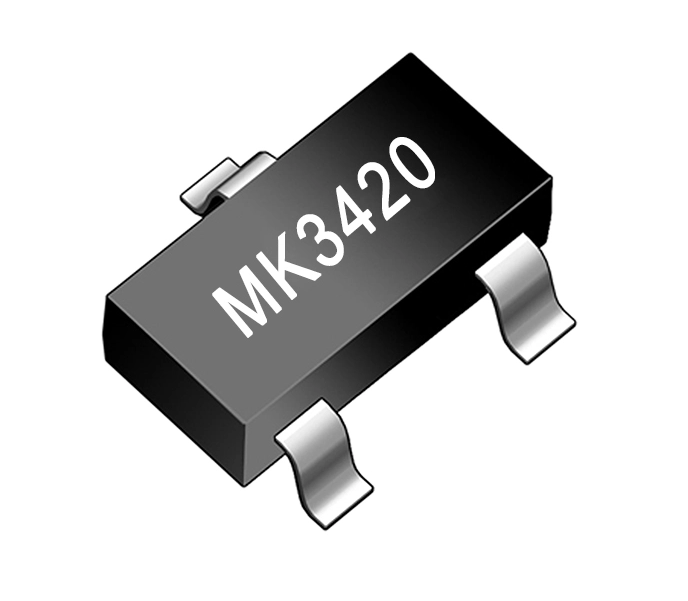When it comes to removing adhesive residues from surfaces, particularly painted ones, the challenge lies in finding a solution that effectively eliminates the unwanted material without compromising the integrity of the paint. Whether you’re dealing with stickers, tape, or labels, the right adhesive remover can make all the difference. In this comprehensive guide, we will explore various adhesive removers that won’t damage paint, providing you with practical insights and professional recommendations.
Understanding Adhesive Removers
Adhesive removers are specialized solvents designed to dissolve or break down sticky substances. They come in various formulations, including solvent-based, water-based, and natural options. The key to selecting an effective adhesive remover lies in understanding its composition and how it interacts with different types of paint.
Types of Adhesive Removers
- Solvent-Based Removers: These are powerful and effective but can be harsh on certain paint finishes. Common solvents include acetone, mineral spirits, and isopropyl alcohol. While they may work wonders on stubborn adhesives, they can also strip or discolor paint if not used carefully.
- Water-Based Removers: Generally milder than their solvent-based counterparts, water-based adhesive removers are less likely to damage paint. They often contain surfactants that help lift adhesive residues without aggressive chemical reactions.
- Natural Removers: Products made from natural ingredients, such as citrus oils or vinegar, can be effective for light adhesive residues. They are typically safe for most painted surfaces, making them an excellent choice for those concerned about chemical exposure.
Choosing the Right Adhesive Remover
When selecting an adhesive remover, consider the following factors:
- Type of Paint: Different paints react differently to solvents. For instance, latex paints are generally more resistant to damage than oil-based paints. Always check the manufacturer's recommendations for your specific paint type.
- Adhesive Type: The nature of the adhesive also plays a crucial role. Some adhesives are more stubborn than others, requiring a stronger solvent. Assess the situation before proceeding.
- Test First: Regardless of the product you choose, always conduct a patch test on a small, inconspicuous area. This step is essential to ensure that the remover does not adversely affect the paint.
Recommended Adhesive Removers That Won’t Damage Paint
- Goo Gone: A popular choice among DIY enthusiasts, Goo Gone is a citrus-based adhesive remover that effectively breaks down sticky residues without harming most painted surfaces. Its gentle formula makes it suitable for various applications, from walls to furniture.
- 3M Adhesive Remover: This product is specifically designed for automotive and industrial applications, making it a robust option for tougher adhesives. It is safe for most painted surfaces, but always perform a test first.
- WD-40: While primarily known as a lubricant, WD-40 can also be effective in removing adhesive residues. Its formula is generally safe for painted surfaces, but it’s advisable to clean the area afterward to remove any oily residue.
- Isopropyl Alcohol (Rubbing Alcohol): A versatile and readily available option, isopropyl alcohol can dissolve many types of adhesives without damaging paint. Use it sparingly and ensure proper ventilation when applying.
- Citrus Solvent: Derived from orange peels, citrus solvents are natural and effective for removing adhesives. They are safe for most painted surfaces and leave a pleasant scent behind.
Application Tips for Safe Adhesive Removal
- Apply Sparingly: Use a small amount of adhesive remover on a cloth or sponge to avoid oversaturation, which can lead to paint damage.
- Gentle Scrubbing: Use a soft cloth or sponge to gently scrub the adhesive. Avoid abrasive materials that can scratch the paint.
- Wipe Clean: After the adhesive is removed, wipe the area with a damp cloth to remove any residue from the remover itself.
- Follow Up with Wax or Polish: After successful adhesive removal, consider applying a coat of wax or polish to restore the paint’s shine and provide an additional layer of protection.
Conclusion
Finding an adhesive remover that won’t damage paint is crucial for maintaining the aesthetic appeal of your surfaces. By understanding the types of adhesive removers available and following best practices for application, you can effectively tackle adhesive residues without compromising your paintwork. Always prioritize safety and perform tests to ensure the longevity of your painted surfaces. With the right approach, you can keep your surfaces looking pristine and free from unwanted adhesives.


More Stories
LED Wiring Harness: Reliable Connectivity for Advanced Lighting Solutions
Hazardous Waste Incineration Heat Recovery: Turning Flue Gas into Energy
Why Tantalum Loose Lined Channels Are Essential in High-Corrosion Environments